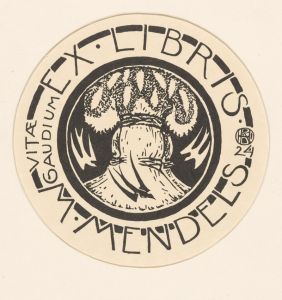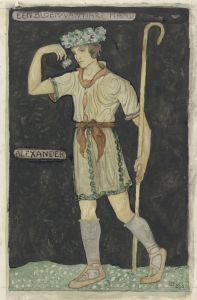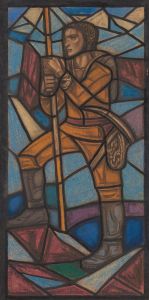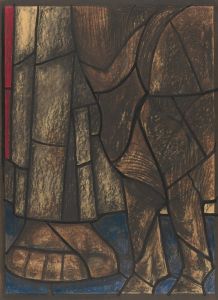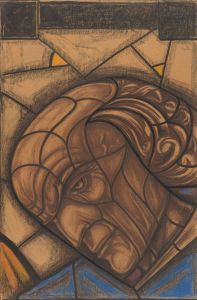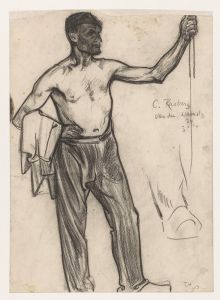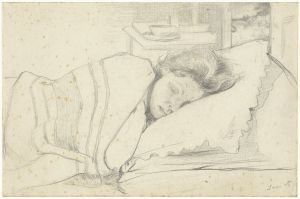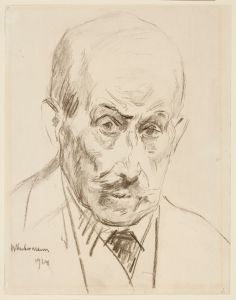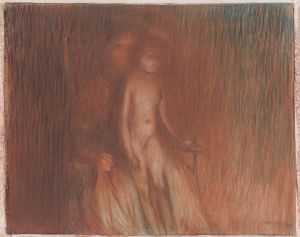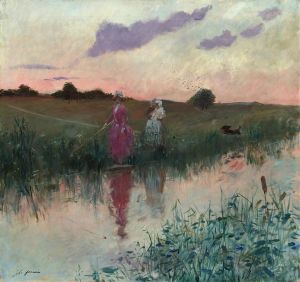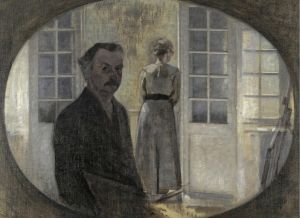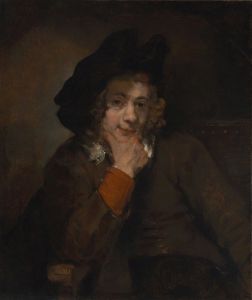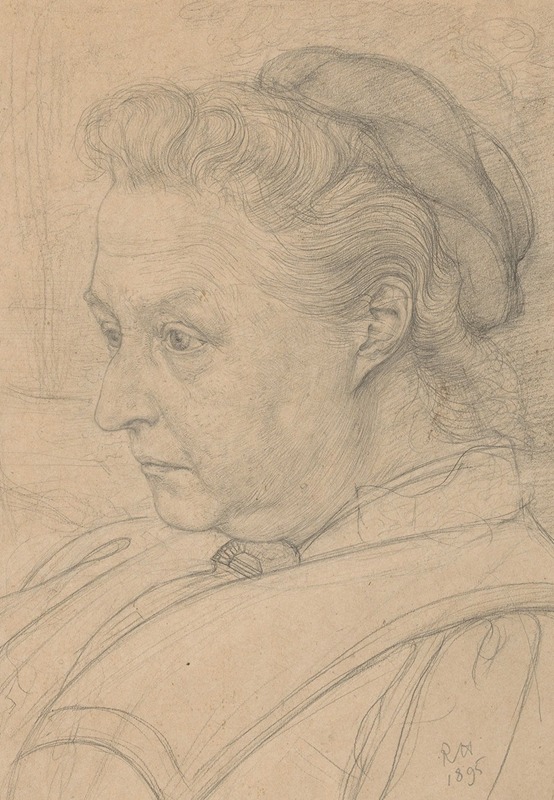
Portret van de moeder van de kunstenaar, Mevrouw S. Roland Holst-Posthumus
A hand-painted replica of Richard Nicolaüs Roland Holst’s masterpiece Portret van de moeder van de kunstenaar, Mevrouw S. Roland Holst-Posthumus, meticulously crafted by professional artists to capture the true essence of the original. Each piece is created with museum-quality canvas and rare mineral pigments, carefully painted by experienced artists with delicate brushstrokes and rich, layered colors to perfectly recreate the texture of the original artwork. Unlike machine-printed reproductions, this hand-painted version brings the painting to life, infused with the artist’s emotions and skill in every stroke. Whether for personal collection or home decoration, it instantly elevates the artistic atmosphere of any space.
Richard Nicolaüs Roland Holst was a prominent Dutch artist known for his contributions to the art world during the late 19th and early 20th centuries. One of his notable works is the painting titled "Portret van de moeder van de kunstenaar, Mevrouw S. Roland Holst-Posthumus," which translates to "Portrait of the Artist's Mother, Mrs. S. Roland Holst-Posthumus." This painting is a significant piece within Holst's oeuvre, reflecting both his personal connection to the subject and his artistic style.
Richard Roland Holst was born on December 4, 1868, in Amsterdam, Netherlands. He was part of a well-known artistic family and was married to the poet and writer Henriette Roland Holst. His mother, the subject of this painting, was S. Roland Holst-Posthumus. The painting captures her in a dignified and introspective pose, showcasing Holst's ability to convey emotion and character through portraiture.
Holst's style was influenced by the Symbolist movement, which sought to express ideas and emotions through symbolic imagery and themes. This influence is evident in his use of color, composition, and the contemplative expression of his mother in the portrait. The painting is characterized by its attention to detail and the subtle interplay of light and shadow, which adds depth and dimension to the subject's face and attire.
Throughout his career, Holst was associated with various artistic movements and groups, including the Amsterdamse Joffers, a group of female artists in Amsterdam, and the broader Dutch art scene. He was also involved in the socialist movement, which often informed the themes and subjects of his work. However, in the case of this portrait, the focus is on the personal and familial, rather than the political or social.
The painting of Mrs. S. Roland Holst-Posthumus is an example of Holst's ability to blend personal sentiment with artistic skill. It serves as a tribute to his mother, capturing her essence and preserving her image for posterity. The work is appreciated for its technical proficiency as well as its emotional depth, making it a valuable piece in the study of Dutch portraiture.
Holst's contributions to art extended beyond painting; he was also a respected teacher and writer. He served as a professor at the Rijksakademie van Beeldende Kunsten in Amsterdam, where he influenced a new generation of artists. His writings on art and aesthetics further cemented his role as a key figure in the Dutch art community.
"Portret van de moeder van de kunstenaar, Mevrouw S. Roland Holst-Posthumus" remains an important work within Richard Nicolaüs Roland Holst's body of work. It exemplifies his mastery of portraiture and his ability to convey the inner life of his subjects. The painting is a testament to his artistic legacy and his deep connection to his family, offering viewers a glimpse into the personal world of one of the Netherlands' notable artists.






